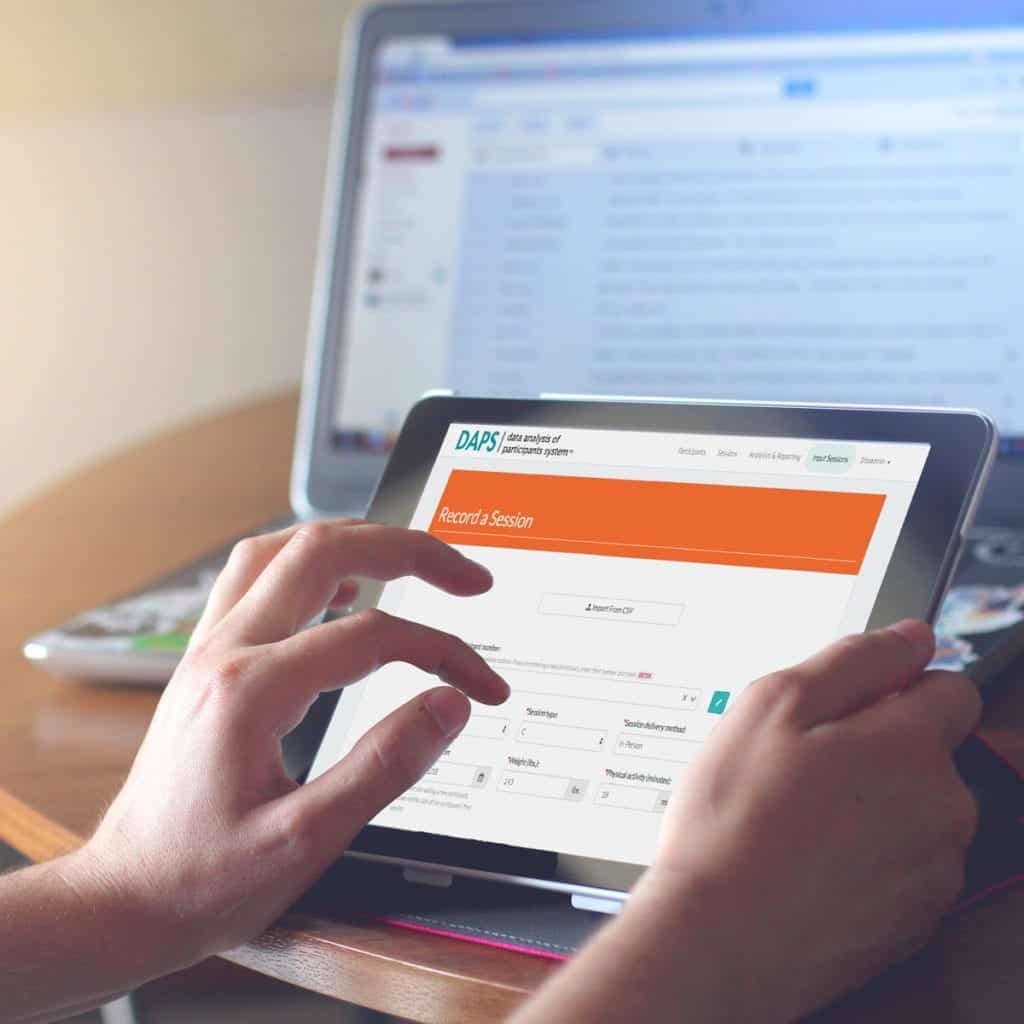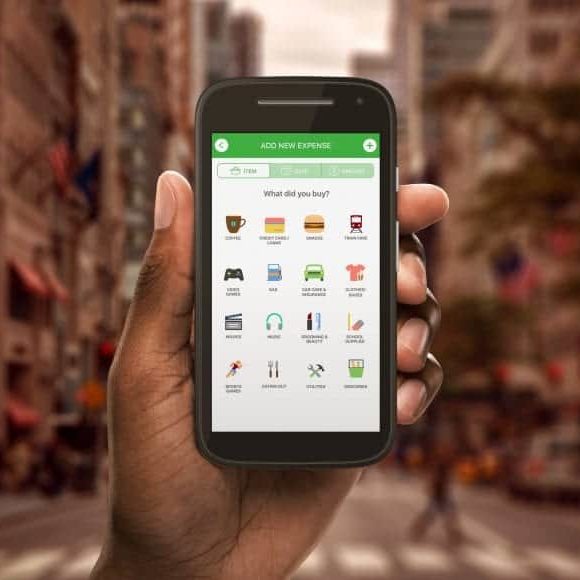Our supported browsers and device list helps communicate what is covered in our quality assurance testing when CauseLabs delivers a new website or web application. The following is our 2021 supported browsers and device list: Supported Browsers: NOTE: Microsoft End of Life dates for IE11 and Edge Legacy are as follows: Android Devices: NOTE: Android […]
Software Development

Advanced REST API Design
In our previous post, we covered the basics of designing a REST API: defining endpoints, using HTTP verbs and performing common read-write operations on data. In this chapter, we’re going to introduce some advanced use and edge cases you may want to consider in order to give your REST API a sound and long-lasting design.

What you need to know about REST.
If you are a developer and you’ve worked in any modern web application, I’m sure this term rings a bell for you. REST stands for Representational State Transfer. If you’re already familiar with the basics, hop over to our look at Advanced REST API design. If you’re in need of an intro, lets dive in and you’ll see why this architectural style has become a de-facto industry standard for back-end APIs.

